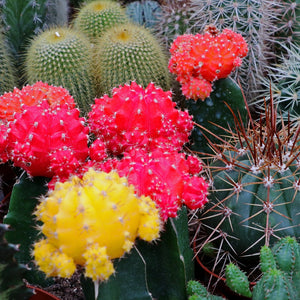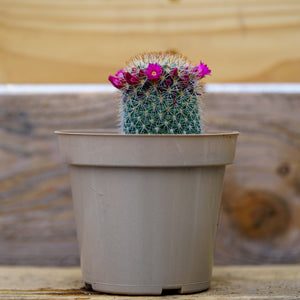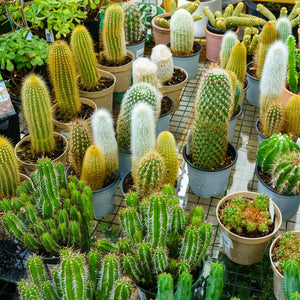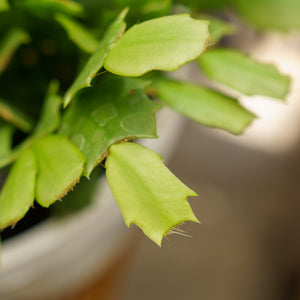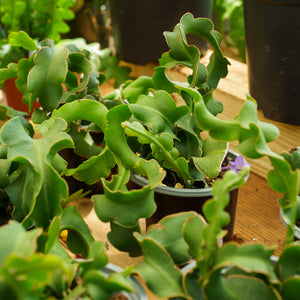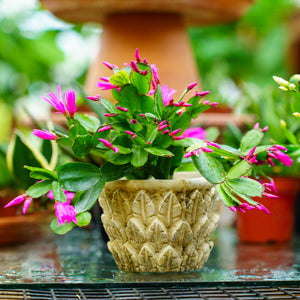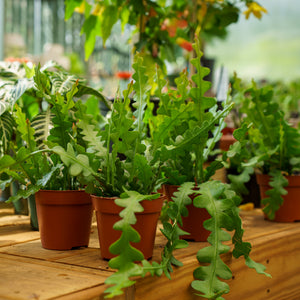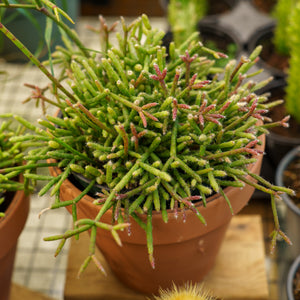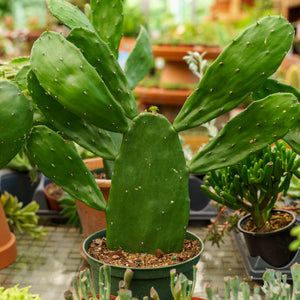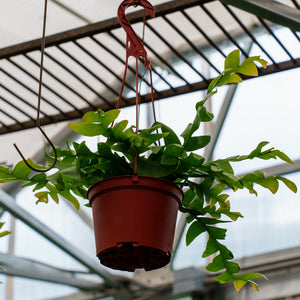The Cactus Guide
Cacti, with their distinctive shapes and resilient nature, bring a touch of the desert to any garden or indoor space. Known for their unique forms and striking presence, cacti are perfect for adding an eye-catching focal point to rock gardens, containers, and minimalist landscapes. These plants are admired for their ability to thrive in harsh conditions, their often colorful and dramatic blooms, and their minimal maintenance requirements. Whether you're aiming to create a desert-inspired garden, enhance your indoor plant collection, or add a sculptural element to your landscape, cacti offer a captivating and versatile solution.
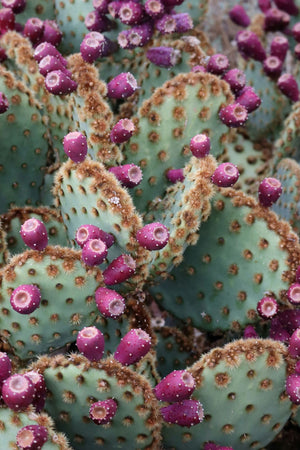
About
Cacti are members of the Cactaceae family, a diverse group of plants native to the Americas, ranging from the arid deserts of North and South America to tropical rainforests. With over 1,700 species, cacti exhibit an incredible variety of shapes and sizes, from small, spherical plants to towering, columnar giants. Their adaptations to extreme environments make them unique among plants.
Cacti are renowned for their ability to store water in their thick, fleshy stems, enabling them to survive prolonged droughts. Their surfaces are often covered with spines, which reduce water loss, protect against herbivores, and sometimes provide shade. Many species also produce spectacular flowers in vibrant shades of red, yellow, orange, pink, or white, often blooming in spring or summer. Notable examples include the prickly pear (Opuntia), saguaro (Carnegiea gigantea), and night-blooming cereus (Hylocereus), which opens its flowers only at night.
Beyond their ornamental appeal, cacti play a vital role in their ecosystems, providing habitat and food for wildlife. They also hold cultural significance, having been used for centuries by indigenous peoples for food, medicine, and building materials.

Planting
Proper planting is essential for the health and success of cacti. Follow these guidelines:
- Soil: Use a well-draining cactus or succulent mix. You can make your own by combining potting soil with sand, perlite, or pumice. Proper drainage is crucial to prevent root rot.
- Light: Cacti thrive in bright light, requiring at least six hours of direct sunlight daily. Place them in a sunny location, such as a south-facing window indoors. Outdoors, ensure they receive ample sunlight but provide some afternoon shade in extremely hot climates to avoid sunburn.
- Watering: Water sparingly, allowing the soil to dry out completely between waterings. During the growing season (spring and summer), water more frequently but still avoid overwatering. In winter, when cacti are dormant, reduce watering to a minimum.
- Temperature: Cacti prefer warm temperatures during the growing season, ideally between 70-90°F (21-32°C). Protect them from frost and freezing conditions in cooler months.
- Container: For potted cacti, use containers with drainage holes. Terra cotta pots are ideal as they allow air circulation around the roots.
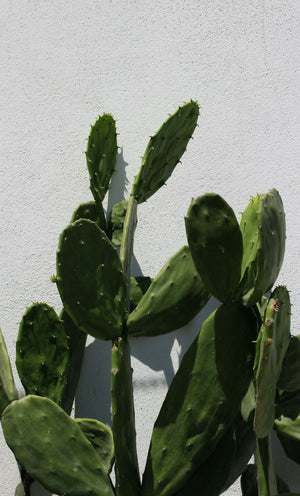
Care
Cacti are low-maintenance plants, but proper care ensures their optimal growth and beauty:
- Watering: Follow a “soak and dry” approach—water thoroughly, then let the soil dry out completely before watering again. Avoid waterlogging, which can lead to root rot.
- Fertilizing: During the growing season, apply a diluted, balanced cactus fertilizer once a month. Avoid fertilizing in winter when the plants are dormant.
- Pruning: While not typically necessary, pruning can remove damaged or dead parts and maintain the plant’s appearance. Use clean, sharp tools to prevent infections.
- Pests and Diseases: Inspect plants regularly for pests like mealybugs, spider mites, and scale. Treat infestations promptly with insecticidal soap or neem oil. Ensure proper airflow to prevent fungal issues.
- Repotting: Repot every 2-3 years or when the plant outgrows its container. Use fresh, well-draining soil and handle the plant carefully to avoid injury from spines.
- Propagation: Cacti can be propagated from seeds, cuttings, or offsets (pups). Allow cuttings to callous over for a few days before planting to reduce the risk of rot.
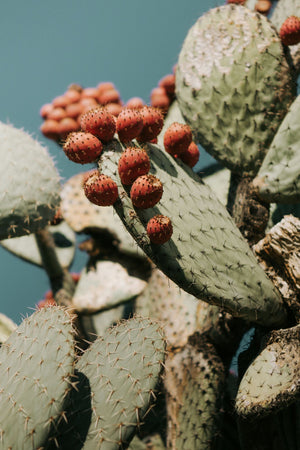
How To Use
Cacti offer versatility in design and functionality, making them suitable for various settings:
- Rock Gardens: Use cacti to create striking rock garden displays. Pair them with drought-tolerant plants like succulents and agaves for a cohesive look.
- Container Gardens: Arrange cacti in containers for patios, balconies, or indoor spaces. Use decorative pots to highlight their unique forms and combine multiple species for visual interest.
- Indoor Decor: Brighten your living spaces with cacti placed in sunny windowsills or shelves. Their sculptural forms add a modern, minimalist aesthetic.
- Desert Gardens: Create a desert-themed landscape by incorporating cacti with yuccas, aloes, and gravel mulches. This xeriscaping approach conserves water and reduces maintenance.
- Living Walls: Small cacti can be used in vertical planters to create textured living walls for indoor or outdoor areas.
- Borders and Accents: Use cacti as border plants or focal points in garden beds. Their dramatic shapes and bold flowers draw attention and add structure.
- Terrariums: Small cacti are ideal for terrariums, offering a low-maintenance way to create miniature desert ecosystems.
- Green Roofs: Hardy, low-growing cacti can be used in green roof designs to provide insulation and habitat for wildlife.
Conclusion
Cacti are captivating additions to any garden or indoor collection. Their striking shapes, vibrant flowers, and ability to thrive in challenging conditions make them both practical and visually stunning. Whether used to create desert-inspired gardens, enhance container arrangements, or add sculptural elements to interiors, cacti offer endless possibilities.
By following proper planting and care techniques, you can enjoy the unique beauty of cacti for years to come. These resilient plants not only add aesthetic appeal but also support ecological health by attracting pollinators and providing habitats. Embrace the charm and versatility of cacti to transform your spaces into vibrant, desert-inspired sanctuaries.

